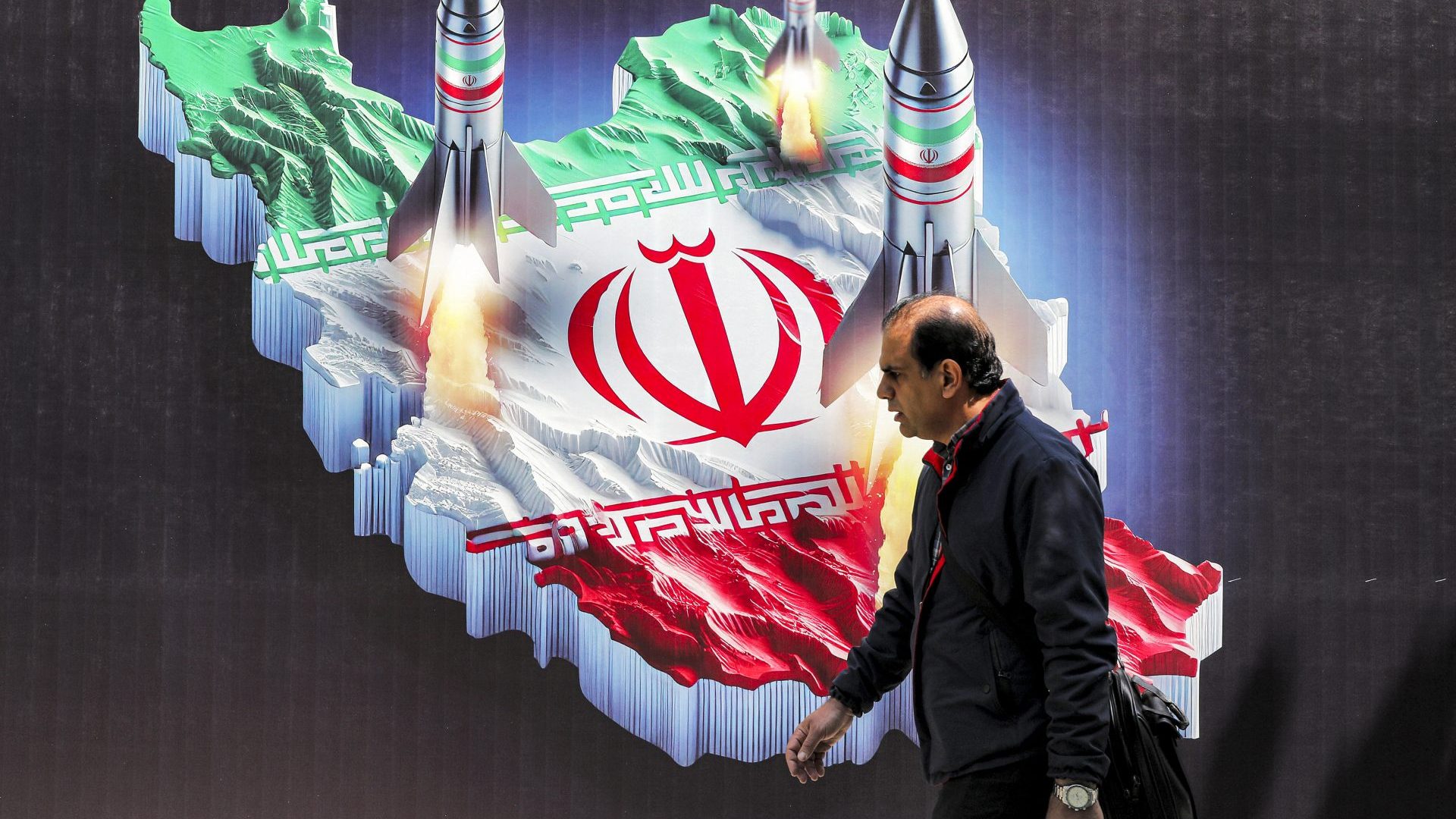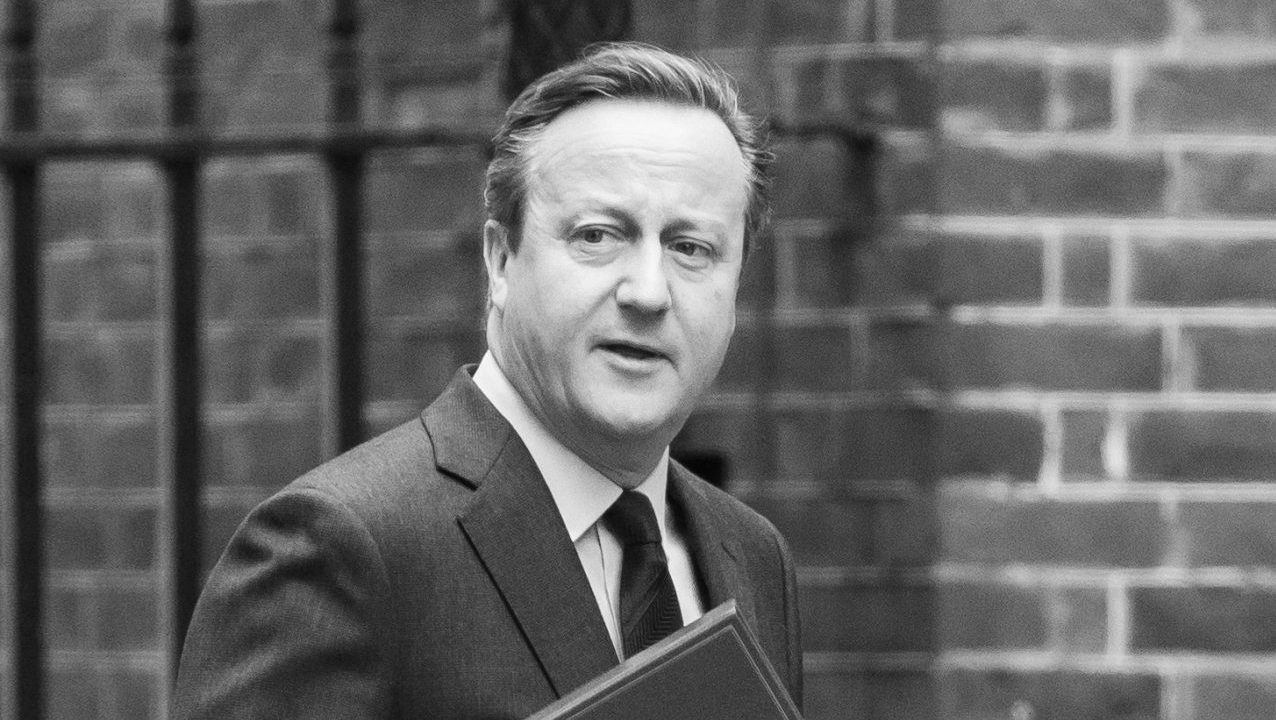Iran fired more than 300 rockets, missiles and drones at Israel and just seven of them hit. The April 14 strike was stopped by a mixture of combat aircraft and an anti-missile shield that – in some cases – intercepted the incoming projectiles in space.
It is obvious, in short, that the concept of “integrated air and missile defence” (IAMD) works. And though it is expensive – involving lasers, satellites, advanced radars and artificial intelligence – it is not as expensive as having your national infrastructure devastated in a single night.
Iran’s attack was closely modelled on the Russian modus operandi against Ukraine: a wave of slow drones, some cruise missiles and a final payload of ballistic missiles, some with the ability to manoeuvre during flight. Even though it was defeated, it signals the “new normal” in warfare, just as the attack on Guernica in 1937 signalled what war would be like to our grandparents’ generation.
In addition, the April 14 strike presaged a new kind of economic warfare. Israeli combat aircraft costing $110m each, firing hi-tech missiles, were used against drones costing at most $50,000 each. Even though you can defeat us technically, was Iran’s subliminal message, economically we can bleed you dry.
We, in Europe, need to draw rapid conclusions from this event, irrespective of the geopolitical rights and wrongs.
The most obvious one is the need for an integrated air and missile defence system to protect Europe against Russia. If drones and ballistic missile strikes are the new way of warfare – and Russia is capable of maintaining an inventory of around 900 conventional ballistic missiles, despite regularly firing them at Ukraine – Europe needs a counterweight.
The success of Israel’s missile defence shield will cheer politicians in Berlin. Last November the German government signed a unique deal to buy the Arrow-3 system, which formed the outer layer of the Israeli defences. In parallel, Germany has claimed the role of “framework nation” for the European Sky Shield Initiative (ESSI) – a project to create a continent-wide, layered missile defence system.
At this stage, ESSI only exists on paper. But if it ever happens, the participating countries will use a mixture of the Arrow-3, the US-made Patriot missile for medium-range defence and the German-made IRIS-T for short-range defence.
However, France, Italy and Spain have refused to take part in ESSI because two of the systems technologies involved are not European, and because a French-made rival to the Patriot was excluded from the plan.
To complicate matters, the European Commission has recently issued a comprehensive European Defence Industrial Strategy that mandates the pooling of defence investments into domestically produced weapons, in pursuit of European strategic autonomy. Yet there is currently no firm in Europe that can produce missiles equivalent to the Arrow-3.
So European missile defence is far from just a technical issue or a money problem: it exposes the geopolitical fault lines within the EU.
The key word in missile defence is “integration”. Israel had a system that co-ordinated short, medium and long-range missiles with its fighter aircraft. Europe would need all of that, plus co-ordination with air defence ships based in the Baltic and Mediterranean seas, and a multinational collection of satellites. The system would need to be centrally controlled and authorised, and available 24/7. And that’s where the problems start.
The reason both the USA and Israel possess the capability to take down a ballistic missile in space, and most European powers do not, is that they understood the threat and invested in the technology to mitigate it. Neither Israel nor America needed to go through a Zeitenwende in order to find the cash. And ultimately, both countries are acting as nation-states, not a multinational alliance.
The EU, meanwhile, focused its co-ordination efforts on a project to intercept hypersonic missiles, known as Twister. This facility, should it ever be built, will close with its targets inside the earth’s atmosphere, not in space. And it will not be ready in any case until 2035.
If I tell you that the project is led by France, and that France sees ESSI as a diversion from Twister, you might begin to understand the fundamental problem of European missile defence. It is a tangle of legacy projects, designed before the all-out invasion of Ukraine, and fitted to the competing national interests of France and Germany. And if there were ever to be a single, 24/7 system, it would have to overcome the problem of competing geostrategic visions.
Here, Britain’s role could be, if not central, at least influential. So one of the first challenges for the next government, which is likely to be Labour, is to decide what level of missile defence the UK might need; which piece of the project we want to specialise in; where we want to collaborate with Europe; and what we seek in terms of command and control.
The answers to that flow not primarily from technical, nor even military considerations: they are strategic.
They flow from questions such as: do we want to deter Russia by showing we could prevent a conventional attack on one of our allies (ie stop it at the border), or by showing that we could “punish” the Kremlin – which is diplo-speak for counter-attacking Russia itself. And who are our most reliable allies, and who do we want to work with in the production of military equipment?
None of these questions was explicitly answered in the government’s so-called “refresh” of foreign and security policy carried out in 2023. So it falls to Labour to sort things out.
Keir Starmer has pledged to sign a security pact with the EU. As he approaches that task, the missile defence issue is just one example of how complex it may be. Which project we’re part of, with which allies, and to what strategic end, becomes the kind of question you can’t avoid.
Air and space experts I’ve spoken to say it would cost £10bn to erect just a UK-based IAMD system. That’s more than what Jeremy Hunt just gave away in his National Insurance cut. If the Iranian strike on Israel does anything, it must alert politicians to the fact that, in the age of the drone and the ballistic missile, national security does not come cheap.




